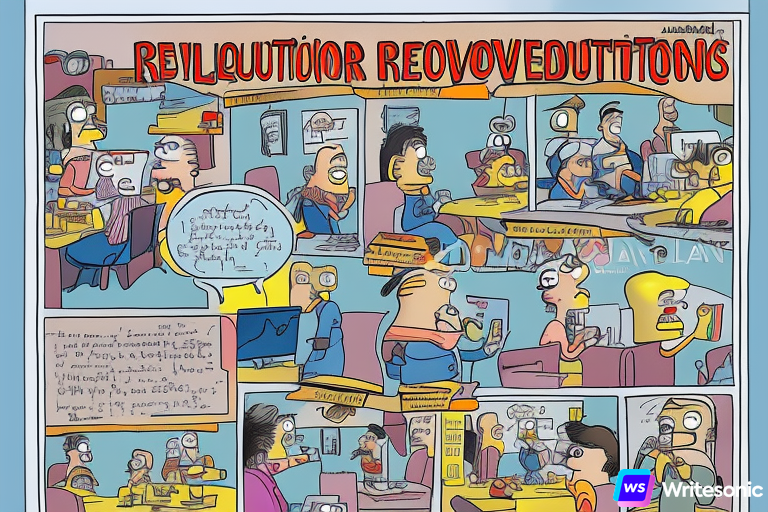Exploring Virtual and Augmented Technologies
In this blog post, we will explore how virtual and augmented technologies have found their way into classroom enhancing traditional learning by blurring the physical and digital world. Reducing the gap between the real and digital world makes the learning environment more flexible and adaptive.
Virtual reality (VR) and augmented reality (AR) have the potential to transform the way educators, communicate with students. But where do we start? With so many VR and AR devices, information, and experiences available on the internet, virtual and augmented technologies can be overwhelming. The brief descriptions (1) and accompanying videos will provide you with the basic ideas and concepts for each technology.
Virtual Reality
The applied science of virtual reality (VR) engages in the design and engineering of and research related to special immersive interactive computer systems. These virtual reality systems synthesize environments, or worlds, which are simulations of reality that are usually rendered using three-dimensional computer images, sounds, and force feedbacks. Virtual reality applications are used for pilot and astronaut training, entertainment, communication, teleoperation, manufacturing, medical and surgery training, experimental psychology, psychotherapy, education, science, architecture, and the arts. This technology, which submerges humans into altered environments and processes, intensifies experience and imagination, thereby augmenting research and education. Virtual reality training systems can simplify and improve manufacturing and maintenance, while simultaneously reducing risk exposure.
Augmented Reality
Augmented reality (AR) refers to any technology that inserts digital interfaces into the real world. For the most part, the technology has included headsets and glasses that people wear to project interfaces onto the physical world, but it can also include cell phones and other devices. In time, AR technology could be used in contact lenses and other small wearable devices. Pokémon Go represents one of those moments when a new technology — in this case, augmented reality or AR, which fuses digital technology with the physical world — breaks through from a niche toy for early adopters to something much bigger. The idea behind the technology is to overlay digital imagery on a person’s view of the real world, using a smartphone screen or a headset.
As you review the materials on VR and AR, try to remember a satisfying learning experience from your childhood school days. What made it satisfying? As a teacher, how might you utilize virtual or augmented technologies in your lesson plans or curriculum? How would VR and AR be used to enhance academic instruction? How do augmented and virtual technologies differ? How do AR and VR work together?
(1) Descriptions are provided by the EBSCOHOST Research Starters – https://www.ebscohost.com/discovery/content/research-starters
More Resources on VR and AR
Virtual Reality Channel on Youtube – https://www.youtube.com/channel/UCzuqhhs6NWbgTzMuM09WKDQ
Augmented Reality Channel on Youtube – https://www.youtube.com/channel/UCtHxeA5d6w8oX0VvL0l4rEw
Swiss Society of Virtual and Augmented Reality Channel on Youtube – https://www.youtube.com/channel/UCwHKIFNnGn8VVYZdR6y2M0w
For further reading: Kathy Schrock on Guide on Discovery Education
Kathy Schrock calls herself an Educational Technologist. She has been a school district Director of Technology, an instructional technology specialist, a middle school, academic, museum, and public library librarian, and is currently an online adjunct graduate-level professor at two universities. The following resources are her materials on virtual and augmented reality.
Virtual Reality in the Classroom
Augmented Reality in the Classroom


